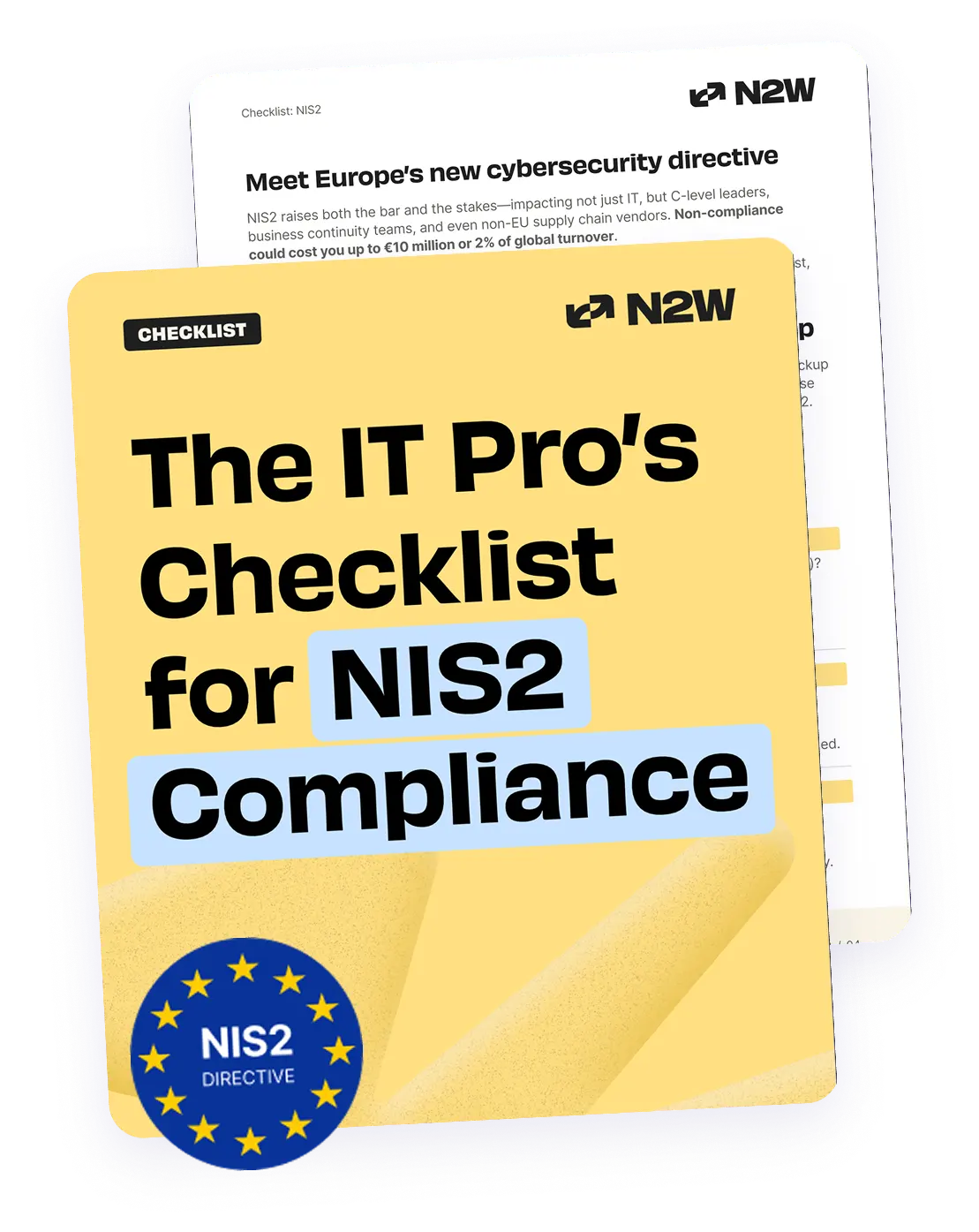
Laying the Foundation for Data Governance Implementation
Congratulations! You have been given the mandate by senior management to lead your company’s Data Goverance implementation. In order to lay the foundation for success, there are two crucial things to take care of: (a) assembling the right team, and (b) clarifying the company’s DG goals. DG is not a one-person job. Many companies establish a “data governance council” or a “data stewardship committee” to implement and oversee the company’s Data Governance and Master Data Management frameworks. The team must have the right skill set (data systems, IT, legal), experience and authority across the full range of DG stakeholders in the company—that is, all of the departments and positions that require high-quality, trustworthy data to do their jobs well. The stakeholder list will typically comprise production, QA, HR, operations, finance, accounting, marketing, sales, and more. Once the team is established, the first task is to make sure there is clarity in the company regarding the goals and measurable objectives of the DG/MDM implementation. What are the current data and business intelligence “pains” that need to be addressed? What are the pros and cons of the existing data management policies and practices across the organization? How can improved DG/MDM enhance the company’s ability to understand its customers, improve its marketing campaigns, manage risk, lower operational costs, and so on? At the end of this stage, there should be a well-documented statement of purpose and objectives that reflects the needs and goals of all the major stakeholders.Detailed Data Governance Planning
Now it’s time to roll up your sleeves and come up with a detailed DG/MDM plan, including:- Rigorous classification of the company’s data assets: Each data type has its own role within the organization. This will determine the level of quality it must attain, who can have access to it, how long it has to be kept easily accessible, and what security measures must be put in place to keep it safe.
- Define data-related enterprise roles and responsibilities: The same data set may be used by different departments in the business for different purposes. For example, sales data is “owned” by the sales department where it is used intensively for a variety of purposes such as assessing personal performance and setting quotas. The marketing department, on the other hand, also needs access to sales data in order to assess the impact of its campaigns. The levels of access to the sales data need to reflect these different business roles.
- Develop standardized data definitions: The entire company should have the same understanding of what constitutes a customer, a lead, a vendor, an employee, and so on.
- Map out the infrastructure architecture and tools: This is necessary to collect, clean, analyze, store, and protect the company’s data assets. The goal should be high-performing, self-service access with nuanced permission controls.
- Develop the operational model, including data-quality-assessment procedures: How often will a data set be audited? By whom? What are the quality measures that will be applied? How will problems and issues be recorded and remedied?
